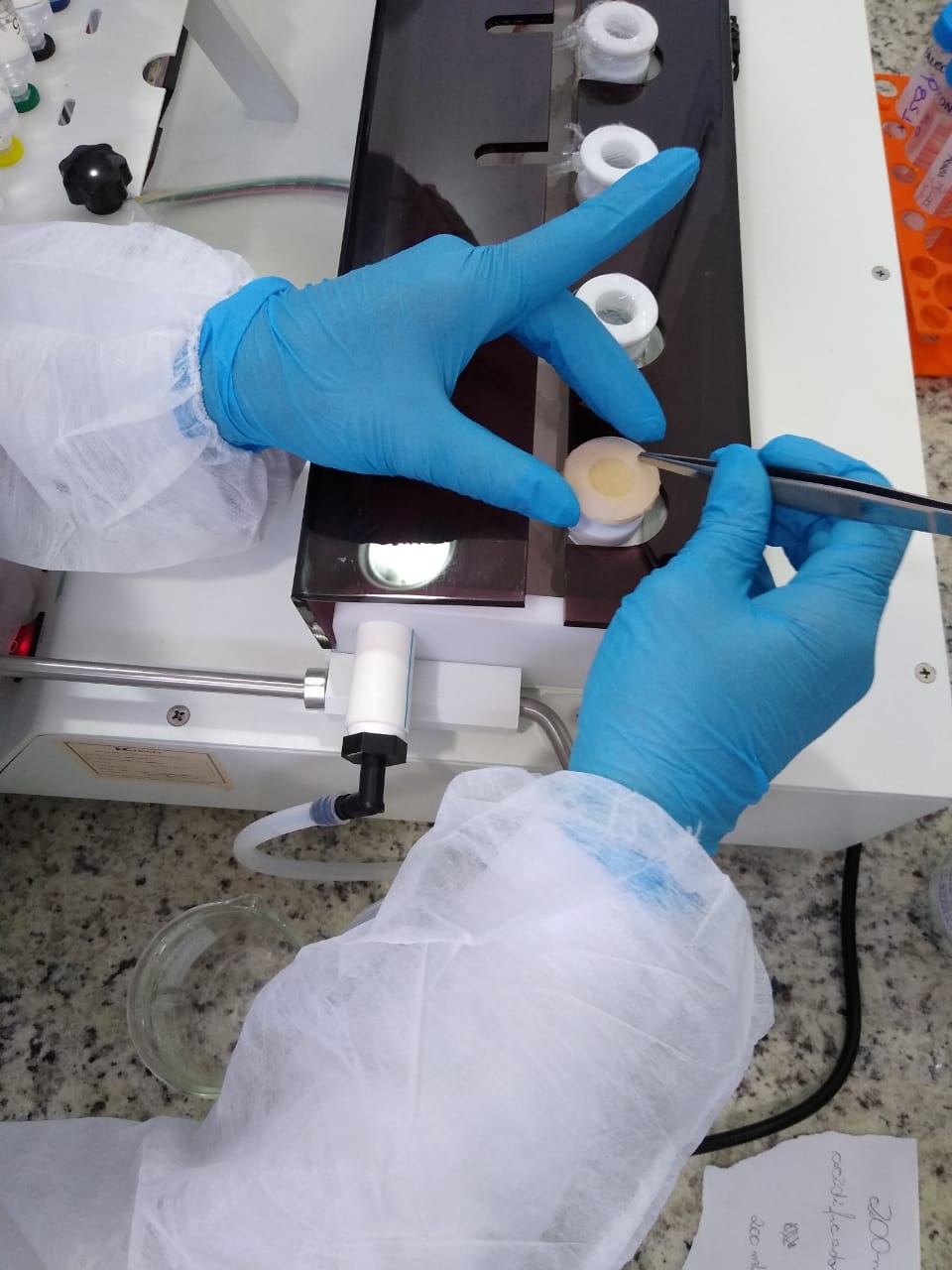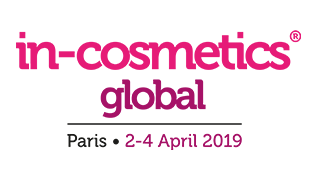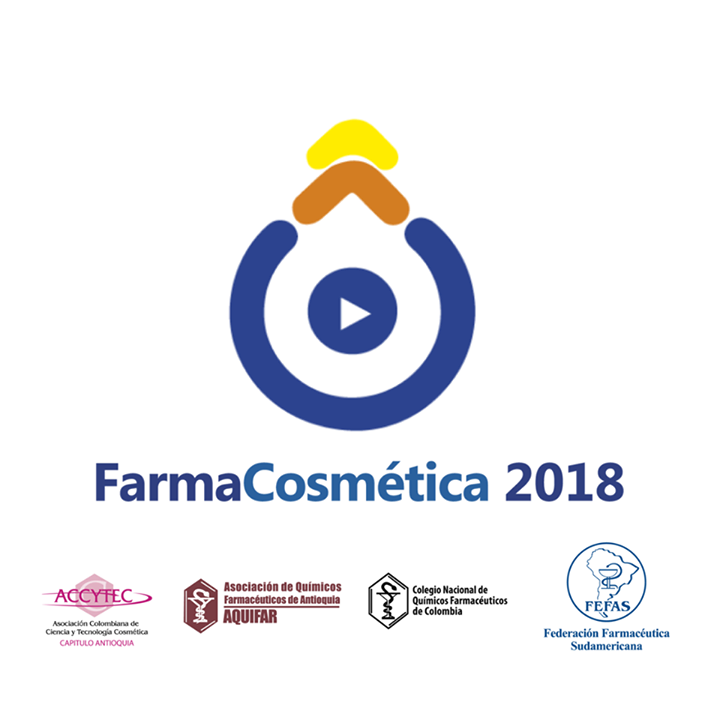Journal of the American Academy of Dermatology, 76(6) Supplement 1, AB206, 2017.
DOI: http://dx.doi.org/10.1016/j.jaad.2017.04.804
Antônio C. Vanzo, Jr, Liliana B.C. Torloni, Renan Lage, Andréia FC Pereira, Sheila G Silva, Amanda F Pereira, Michelle S Silva, Gustavo Facchini, Samara Eberlin.
Extrinsic aging is attributed to changes in the skin being influenced mainly by ultravioleta radiation (UV). After exposure to UV-A and UV-B, the formation of free radicals occurs causing damage to cellular and triggering a inflammatory response. The cellular redox homeostasis mechanism facilitates the elimination of free radicals through the antioxidant enzymes catalase, superoxide dismutase and glutathione redutase. The oxidative process leads to decreased synthesis of collagen, elastin, glycosaminoglycans (GAGs), and TGF-? (transforming growth factor beta) essential to support the tissue. This decrease associated with increased proteolytic enzymes such as matrix metalloproteinases (MMPs) lead to a breakdown of the extracellular matrix and premature signs of photoaging. Furthermore, prolonged exposure of human skin to UV radiation can result in erythema and edema formation due to induction of the inflammatory response in consequence of the release of inducible nitric oxide synthase (iNOS) and vascular endothelium growth factor (VEGF). In this study, we evaluate the preclinical effectiveness of a new active complex composed of vitamin C nanospheres in the photoaging process using human cultured cells. Fibroblasts and keratinocytes were incubated with 3 non-cytotoxic concentrations of new active complex with vitamin C nanospheres and subjected to UV radiation for later quantification of mediators involved in photoaging. Our results showed that new active complex with vitamin C nanospheres prevents a significant decrease in the levels of collagen, elastin, GAG, TIMP-1 and TIMP-2, which is produced by cells exposed to UV radiation and protect against UV-induced MMP-1, MMP-9 and MMP-13. Furthermore the new active complex with vitamin C nanospheres preserve consumption of superoxide dismutase and prevent the induction in iNOS and VEGF synthesis. These results allow us to infer that new active complex composed of vitamin C nanospheres has a beneficial effect in preventing the deleterious effects of UV radiation through mechanisms involving restoration and tissue regeneration, antioxidant and reducing local vasodilation.
DOI: http://dx.doi.org/10.1016/j.jaad.2017.04.804
Antônio C. Vanzo, Jr, Liliana B.C. Torloni, Renan Lage, Andréia FC Pereira, Sheila G Silva, Amanda F Pereira, Michelle S Silva, Gustavo Facchini, Samara Eberlin.
Extrinsic aging is attributed to changes in the skin being influenced mainly by ultravioleta radiation (UV). After exposure to UV-A and UV-B, the formation of free radicals occurs causing damage to cellular and triggering a inflammatory response. The cellular redox homeostasis mechanism facilitates the elimination of free radicals through the antioxidant enzymes catalase, superoxide dismutase and glutathione redutase. The oxidative process leads to decreased synthesis of collagen, elastin, glycosaminoglycans (GAGs), and TGF-? (transforming growth factor beta) essential to support the tissue. This decrease associated with increased proteolytic enzymes such as matrix metalloproteinases (MMPs) lead to a breakdown of the extracellular matrix and premature signs of photoaging. Furthermore, prolonged exposure of human skin to UV radiation can result in erythema and edema formation due to induction of the inflammatory response in consequence of the release of inducible nitric oxide synthase (iNOS) and vascular endothelium growth factor (VEGF). In this study, we evaluate the preclinical effectiveness of a new active complex composed of vitamin C nanospheres in the photoaging process using human cultured cells. Fibroblasts and keratinocytes were incubated with 3 non-cytotoxic concentrations of new active complex with vitamin C nanospheres and subjected to UV radiation for later quantification of mediators involved in photoaging. Our results showed that new active complex with vitamin C nanospheres prevents a significant decrease in the levels of collagen, elastin, GAG, TIMP-1 and TIMP-2, which is produced by cells exposed to UV radiation and protect against UV-induced MMP-1, MMP-9 and MMP-13. Furthermore the new active complex with vitamin C nanospheres preserve consumption of superoxide dismutase and prevent the induction in iNOS and VEGF synthesis. These results allow us to infer that new active complex composed of vitamin C nanospheres has a beneficial effect in preventing the deleterious effects of UV radiation through mechanisms involving restoration and tissue regeneration, antioxidant and reducing local vasodilation.




